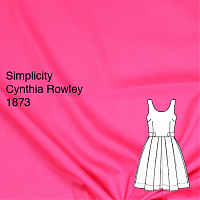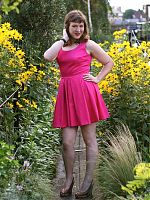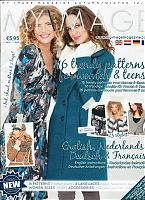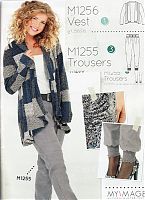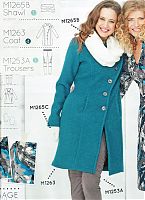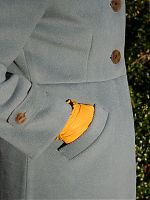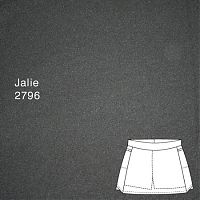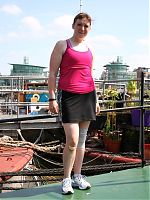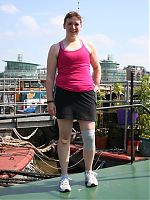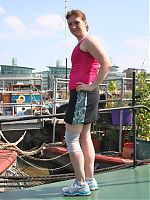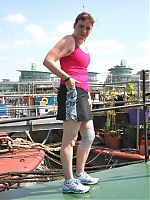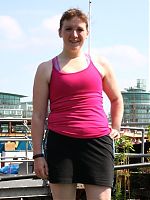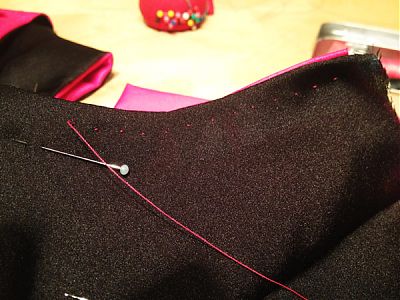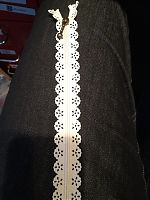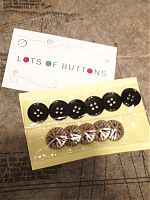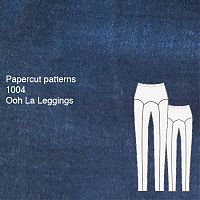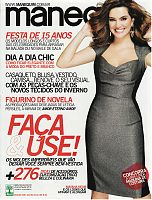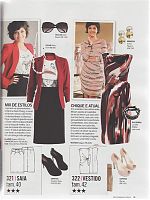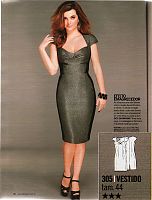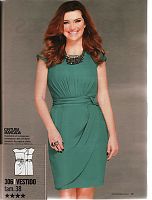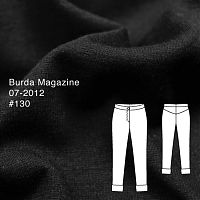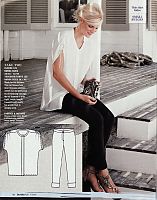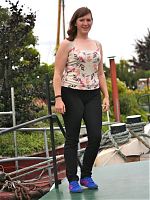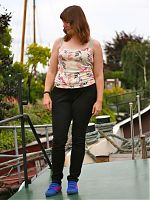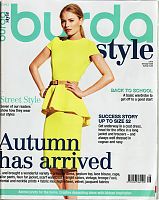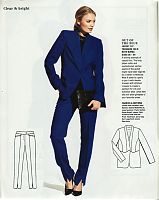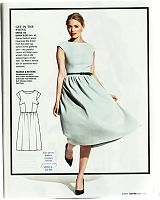Ooh I am so excited to show off this dress to you, and even moreso because it has a great origin story!
Did you know there’s a new sewing, knitting, and jewellry-making social network in town – Kollabora? It’s from some of the people behind the original BurdaStyle.com and I helped beta-test their new site a few months ago.
As a big Thank You for sending in tons of detailed bug reports (a nice side-effect of my day job, which involves a lot of online testing, is that I can write a mean Steps to Replication!), they offered to send me any fabric and pattern combo from their shop! They stock loads of great independent patterns like Colette, Wiksten, and Sewaholic, but I thought I should pick something I wouldn’t normally buy myself. So keeping that in mind, I chose this very! bright! fuchsia stretch cotton sateen from Mood + matching thread + Simplicity 1873 (one of the Cynthia Rowley designer patterns).
I made View C – the low neckline & short hem option, but without the button tabs at the waist. I ended up making size 14 instead of my usual Big Four size 16 because 14 was the biggest size in the envelope I was sent, but it turned out just perfect in the end – nicely snug at the waist, but not overly tight. With a skirt this full and pleated, I really think it needs a nipped-in waist, and that’s another reason I didn’t want to add any bulk in the form of the button tabs there, either.

